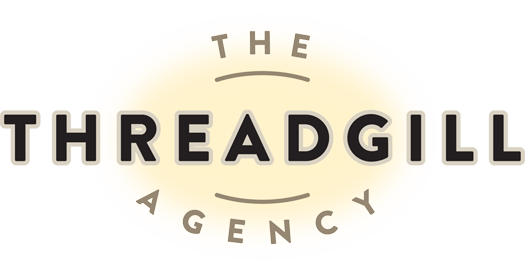
02 Sep Google Rolls Out Helpful Content Update — Is Your Site Ready?
Is your website written for people or for search bots? Is it stuffed full of keywords, but not much else? Do people bounce from your site within seconds and move on to the next search result? These concerns prompted Google’s new helpful content algorithm update, which we’re sure you’ve heard murmurings about since its launch last week.
Searchers are getting increasingly frustrated with Search Engine Results Pages (SERPs) that are full of SEO-targeted content that’s unhelpful and poor quality. Google’s helpful content update is aimed at people-first content that gives a satisfying user experience, especially as the internet gets more crowded.
“Cutting the fluff and sticking to your niche with value-add content, while keeping in mind SEO best practices, will boost your visibility,” said Mat Threadgill of The Threadgill Agency.
Helpful Content Tips
Google provided a list of questions for evaluating your site’s helpful content — you can read them here. For starters, make sure each page is written by humans for humans, not by automated bots. Then create people-first, helpful web pages with the following priorities in mind:
✔ Stay in your lane. Ensure your content is for your current or intended audience and that it fulfills its primary focus or purpose. Stay on one main general topic or subject area. Don’t chase a topic just because it’s trending if it’s unrelated to your goals or unhelpful to your audience. Real estate websites, for example, don’t need to dedicate pages to “top real estate markets in Texas” if they’re located in another state. Another example, natural food grocers don’t need to hop on the natural make-up trend.
✔ Show first-hand expertise and experience. If you’re launching or reviewing a product or service, provide first-person accounts, photos, and/or videos. Demonstrate your in-depth knowledge, expert point-of-view, or unique slant. Don’t just summarize other people’s content.
✔ Answer searchers’ questions or achieve their goals. If a person types, “What type of shoes do I need for mountain biking?” you want to provide the answers. If you sell outdoor gear, you may have a shoe product page, as well as an expert blog on the best shoes for different kinds of biking. Make sure your reader leaves your site well-informed and satisfied.
Google provided a list of no-nos as well:
X Don’t abandon SEO altogether. Start with people-first content, then use Google’s SEO guide for best practices.
X Don’t offer teasers for answers that don’t exist. For example, don’t make false claims if there’s no confirmed release date. Build trust with your readers and don’t leave them wanting. You can build excitement with countdowns to a product launch or event, but make sure you fulfill your obligation.
X Don’t write filler text for arbitrary word count targets. You know those long stories about Grandma’s soup, the best chopping knives, and today’s grocery store run … when you just want to get to the recipe already? Here’s a little secret: Contrary to what you might’ve read, Google doesn’t require a particular word count for web content.
X Don’t use extensive automation to create content on multiple broad topics. You’ll confuse the search engines if your site has too many unrelated goals.
Evaluate the Helpful Content Impact
Released on August 25, the two-week helpful content rollout means a new automated Google-wide signal now identifies unhelpful content on English searches worldwide. The signal is sitewide, impacting all of your site’s pages. Google notes the signal is weighted among others, and sites with lots of unhelpful content may notice a bigger impact.
Unlike the Doorway Pages issue we highlighted last month, the helpful content algorithm won’t put you in the penalty box (like a manual or spam action). But you may notice a hit on your rankings. Wait until the full update is complete to see how it’s affecting your site. The update runs continuously, so removing unhelpful content will help the classification drop off, says Google (though it may take a few months).
With the helpful content update, it’s a good time to:
- Refresh yourself on your site’s core mission and audience.
- Make sure you’re adhering to Google’s do’s and don’ts of helpful content listed above.
- Review Google’s advice and guidelines on creating high-quality sites that make search engines and readers happy.
- Remember to prioritize your website user’s experience with good people-first content, fast load times, and dynamic pages that get the job done (online stores, forms, informational blogs, videos, and more).
For help with creating helpful website content targeted for your reader with SEO practices that get results, contact The Threadgill Agency.
